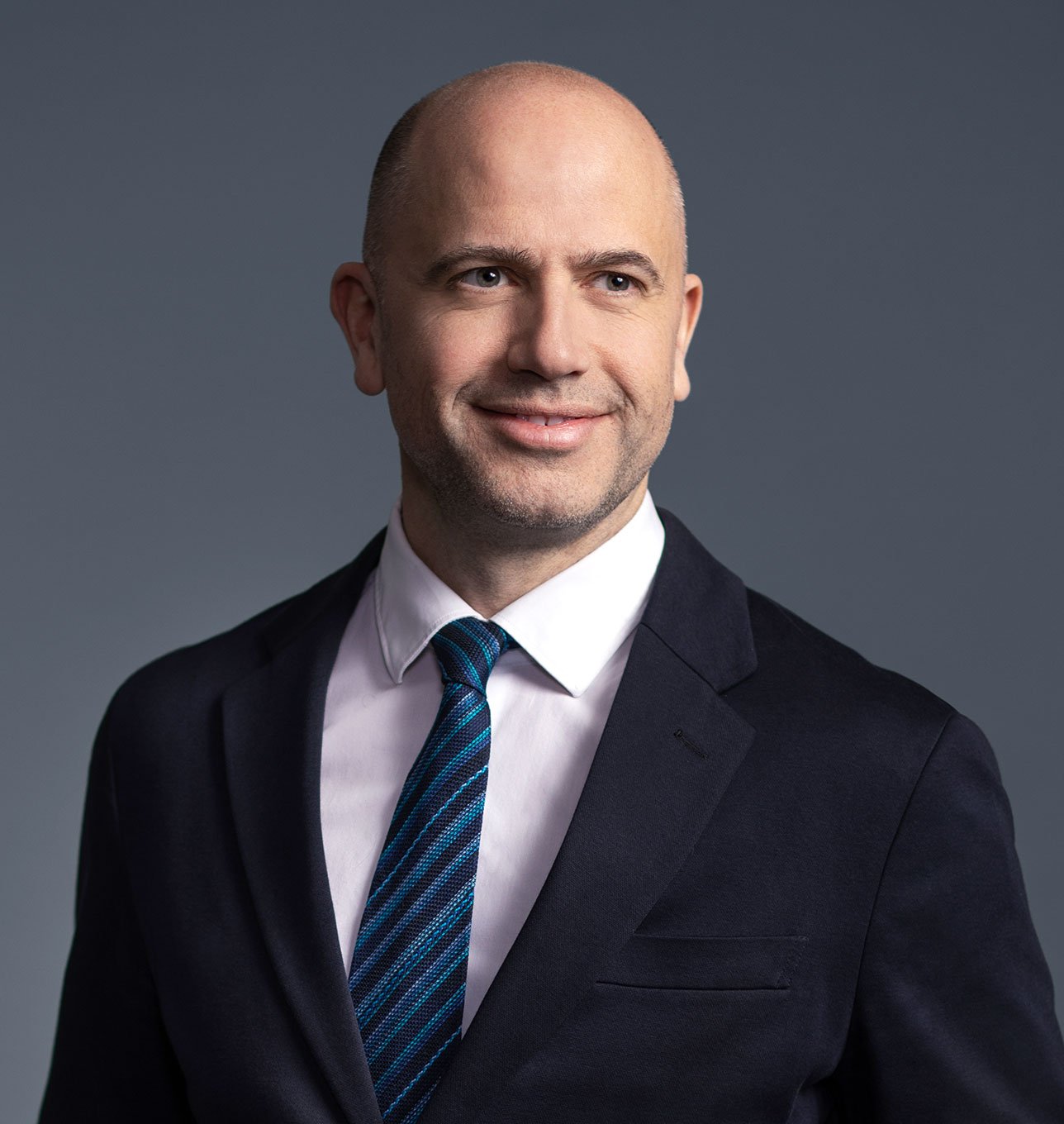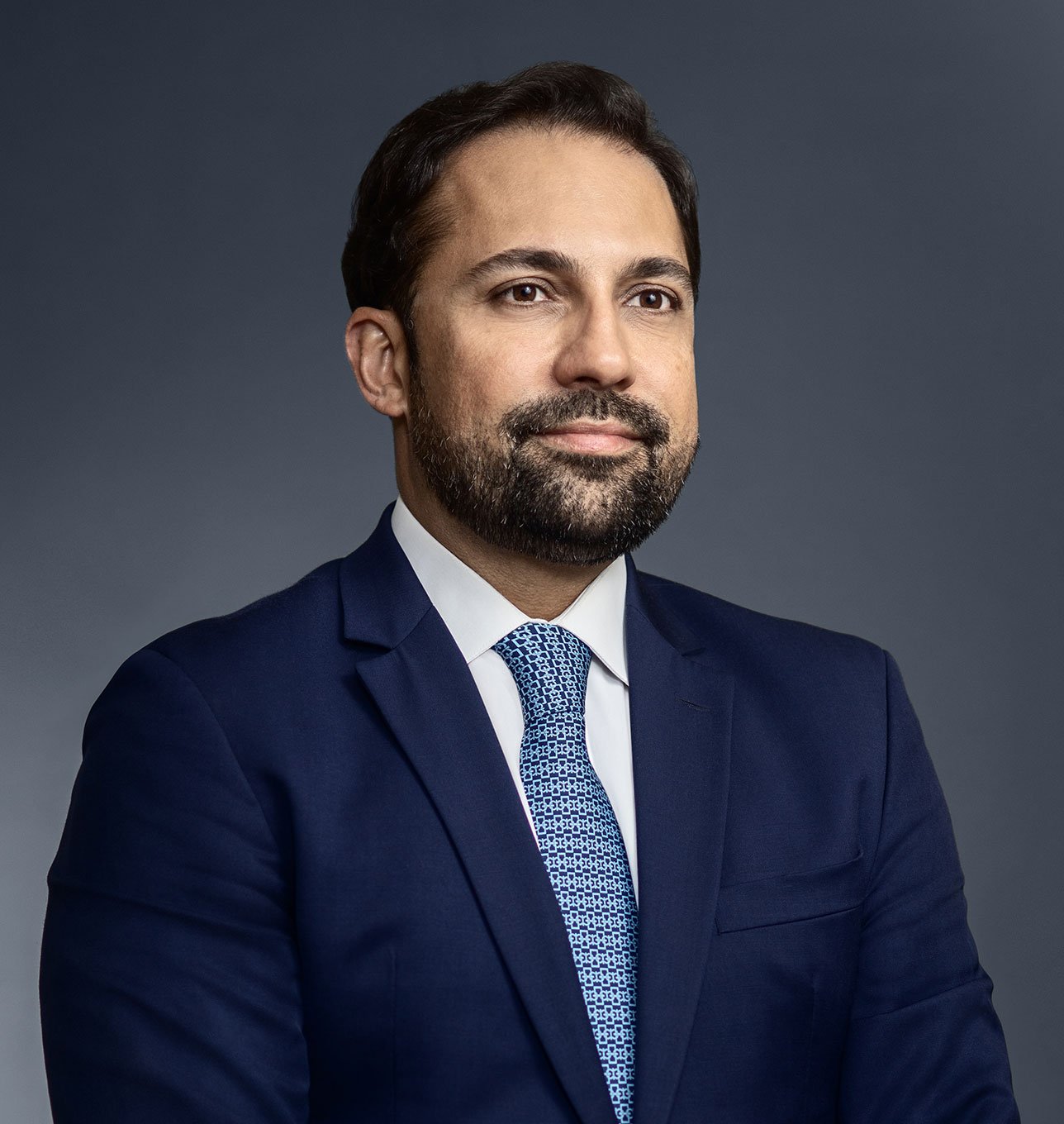Observations from the COP27 Halfway Point
We are half way through COP27, so (disregarding the intersessionals that will take place during 2023), the negotiations will “soon” start to focus on Dubai, the venue for next year’s COP28 summit. Who knows how much progress will be made before then. One point to note is that COP27 is more of an “implementation” COP, rather than one with a more grandiose task, such as ramping up climate ambition.
To continue on that point, there do seem to be signs of recognition that the 1.5 degrees Celsius “goal” of the Paris Agreement may be unachievable, and that perhaps focus should instead be on preventing further increases in global temperatures more generally (as opposed to meeting specific temperature goals).
Finance continues to be the focus in a multitude of forums. Common themes include gaps in fulfilment of existing pledges and the need for concessional finance (i.e. a loan is not climate finance if it is regular lending). There continues to be discussions about the definition of “climate finance”. Calls for the establishment of a finance facility for loss and damage (see our previous blog here) remain an ongoing theme. Although not within the formal COP negotiations (and not strictly about mobilising finance, but more about its theoretical availability), Mark Carney, the former Bank of England governor, was keen to announce on “Finance Day” that $130 trillion of capital under management is now available to limit global warming. Carney rightly went on to emphasise the requirement to “plug it in”, which remains a herculean task.
As to carbon markets, though the broad principles governing market mechanisms were agreed last year at COP26, there remains quite a bit of technical work to be done. Current discussions include the types of projects can qualify for credits. Time is of the essence – by next year “old” CDM projects will need to transfer to the “new” Paris Agreement mechanism. As to country-to-country transfers of emissions reductions (ITMOs), discussions about the nature of the registry for transfers are ongoing.
In terms of leadership “from the top”, some have expressed surprise that so many leaders have attended COP this year (although in the UK, we have seen that non-attendance makes for a good opportunity for a dressing down by the media and civil society, so leaders may view attendance as the path of least resistance). The U.S. President, though, made a “late” entrance, and sought to assure other nations that the U.S. is back as a leader of the climate movement. However, it can be hard to reconcile hailing hundreds of billions of Dollars of subsidies for renewables under the Inflation Reduction Act on the one hand, with releasing strategic crude reserves and encouraging petrol production on the other hand. Such is the nature of geopolitics in 2022 and such is the challenge of promoting sustainability in the middle of one of the most challenging energy crises that we have faced in many years.
The post Observations from the COP27 Halfway Point appeared first on Eye on ESG.




